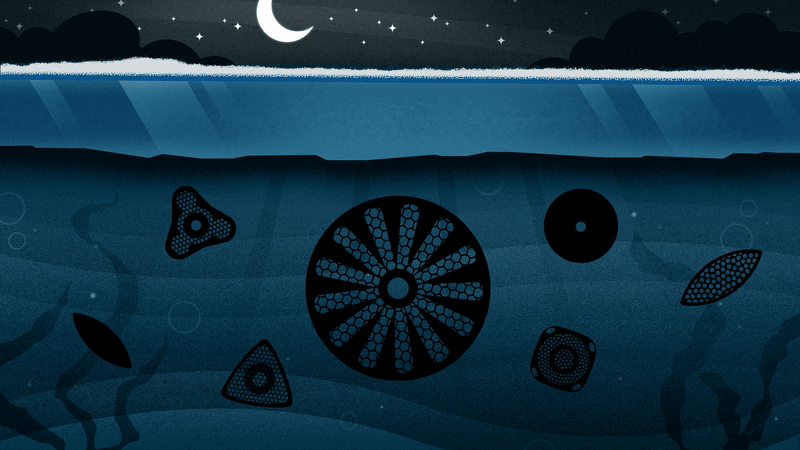In a new NASA project, a group of Villanova University researchers were able to create an unprecedented map of the central engine of the heart of the galaxy.
According to Tekna technology and technology news service, researchers managed to compile a new map of the central region of the Milky Way galaxy in 4 years. In this map, you can see the magnetic fields in the heart of the galaxy and the cold dust structures around it.
This dust is the building blocks of stars, planets and life in its current form. On the other hand, this process is guided through the central engine of the Milky Way galaxy. The researchers' findings provide data far beyond the Milky Way and show how dust and magnetic fields interact in the galaxy's central engines.
Knowing how stars and galaxies form and evolve can lead to a better understanding of the story of the origin of life. From this dust interaction and magnetic fields were neglected in this process. “The center of the Milky Way fills the interstellar space and this can be vital for the life cycle of the galaxy,” says David Chass, the leader of the research group and professor of physics at the university. What has been observed now is the light emitted from cold dust grains, which are produced by heavy elements formed in stars. The death of the stars will cause the explosion and spread of this dust in the space.
In the heart of the Milky Way galaxy, there is a part called the central molecular region, where about 60 million dusty solar masses are located. The temperature of this huge reservoir is about minus 258 degrees Celsius and is only a few degrees higher than absolute zero or the hypothetical temperature to stop all atomic movements. At the heart of the Milky Way, there are hot ionized gases that have turned into plasma.
In their new map, the researchers managed to see a complex picture of magnetic fields. The observations made are consistent with the investigations of infrared light and radio radiation obtained from the core of the Milky Way galaxy.
RCO NEWS















